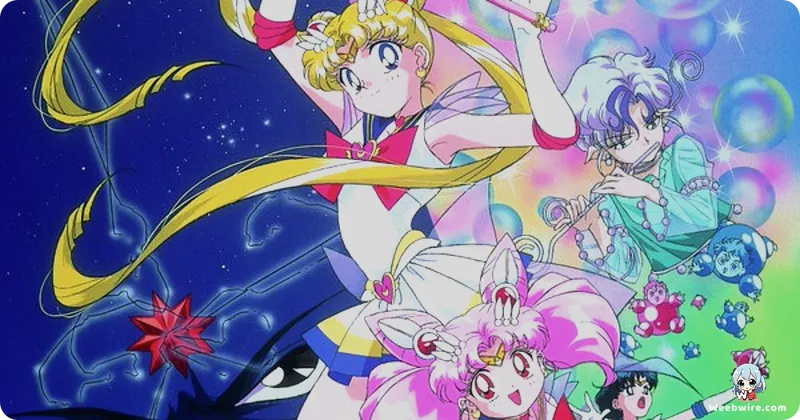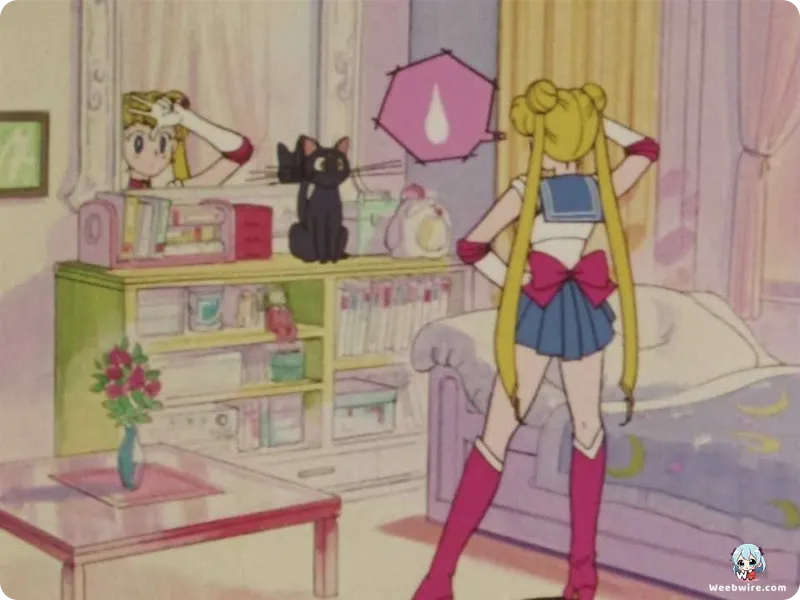The Ikuhara Effect: Unpacking the Progressive Themes and Artistic Revolution of Sailor Moon SuperS

The fourth installment of the beloved magical girl saga, Sailor Moon SuperS, stands out as a unique and often underappreciated chapter in the franchise's history. Released in 1995 by Toei Animation, this season fundamentally altered the series' structure, focusing almost exclusively on the intricate narrative of the manga's Dream Arc. Moving away from the typical episodic balance of earlier seasons, SuperS delves into surreal, psychological territory, placing the future Sailor Chibi Moon, Chibiusa, firmly in the leading role.
This deep focus on Chibiusa's coming-of-age story, her insecurities, and her developing relationship with Helios (the priest of Elysion who manifests as the winged unicorn Pegasus), marks a significant deviation from Usagi Tsukino's traditional centrality. For the first time, the conflict the search for Pegasus hiding within pure dreams revolves entirely around Chibiusa's journey and her eventual realization of her true power, making her the linchpin of the entire Dead Moon Circus confrontation.
The Distinctive Vision of Director Kunihiko Ikuhara
What truly defines this season is the unmistakable creative signature of Director Kunihiko Ikuhara. Before achieving global acclaim for directorial masterpieces like Revolutionary Girl Utena and Mawaru Penguindrum, Ikuhara steered SuperS, injecting it with a distinctive theatricality and strong visual metaphor. The quest for the 'Dream Mirror' transforms from a simple plot device into a profound vehicle for exploring identity, desire, and the fragile nature of the inner self.
Ikuhara's penchant for powerful symbolism over straightforward action lent SuperS an almost avant-garde feel, distinguishing it sharply from the more conventional shojo storytelling of the preceding seasons. Animation historians recognize this season as a crucial laboratory where Ikuhara refined the revolutionary techniques that would define his future, groundbreaking works.

Tragedy and Progressiveness in the Amazon Trio
Adding layers of pathos to the villains are the primary antagonists: the Amazon Trio (Tiger's Eye, Hawk's Eye, and Fish Eye). Though they appear as flamboyant human villains, both the original manga and the Japanese anime reveal a tragic backstory: they were originally simple animals (a tiger, a hawk, and a fish) granted temporary human form and life by Zirconia's dark magic. This transformation explains their names and predatory behavior, reframing them as victims of the Dead Moon Circus's manipulation rather than inherently wicked beings.
Furthermore, SuperS boasts one of the most progressive characterizations of the mid-1990s in Fish Eye. In the original Japanese broadcast, Fish Eye is explicitly male, frequently cross-dressing and targeting male victims in a playful manner, subtly exploring themes of gender fluidity and non-conforming identity decades before such topics became mainstream in anime. Regrettably, this bold progressive streak was often sanitized or entirely removed in early international localizations, including the North American dub, where Fish Eye was frequently rendered female to adhere to stricter societal norms.
Finally, the season's title, 'SuperS,' is an abbreviation for 'Super Sailor Soldiers,' signifying the permanent power upgrade the main Guardians (Mercury, Mars, Jupiter, and Venus) received, utilizing the Crystal Change Rods a crucial, though sometimes overlooked, milestone in their fight against darkness.
Credits
Sailor Moon SuperS
Author
Naoko Takeuchi
Cover Art
Naoko Takeuchi
Studio
Toei Animation
Publisher
Kodansha
Producers





